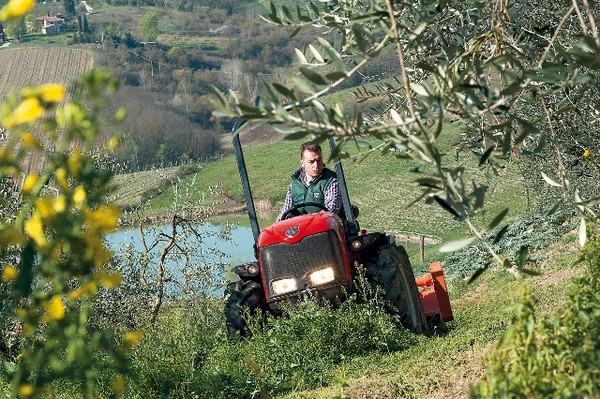
Agricultural works: safety in the foreground
The risk of accidents for agricultural workers is particularly high, due to the many variables that characterize the workplace, such as weather conditions and surface irregularity, the presence of obstacles, not to mention the complexity of the machinery used. The need for a policy of prevention was highlighted during a conference promoted by the Ancors Association
The “map of risks” in the workplace for agricultural workers is wide and hazardous and, for this reason, prevention must be prompt and accurate, with no room for improvisation. It is the warning launched by the National Association of Consultants
and Representatives of safety at work (Ancors) during the conference “Safety in Agricultural Work” scheduled for yesterday afternoon, 14 October, at the Agrilevante exhibition. “In the case of agricultural work, it is essential to take into account the risks linked in the first place to the characteristics of the “workplace”, such as manual load-handling operations, exposition to physical agents and dangerous substances, biological factors, and stress factors such as difference in gender, age and place of origin of the operators. Moreover, these factors also encompass the use of work instruments” – summarized Sabrina Piancone from Ancors of Foggia – “and a focus on prevention must be developed because in the agricultural sector laws and regulations vary according to the following categories: self-employed workers, professionals, family farmers, breeders, employers, casual workers and permanent employees.” Unusually high are the risks linked to inadequate structures (building height and volume), internal or external road systems (roads and pathways that are not bordered or that are unsuitable for vehicles crossing them). Other problems are given by the type of (such as the presence of hazardous areas after rainfalls or floodings or other areas typical of the livestock sector and agriculture(stables and manure-heaps).There are also serious risks concerning manual load-handling operations, linked to load characteristics such as size and weight of loads – as it was explained during the conference – and to the degree of physical effort, to the various work environments, (whether there is or not enough space to carry out the actions required, or a contact-surface that may increase the risk of tripping, slipping and falling). There are also risks linked to the exposition to physical agents, such as noises and vibrations, chemicals as plant protection products, biological agents against diseases caused by pathogenic micro-organisms. Also, another type of hazard in farms can be given by explosions caused by air/methane mixtures. Among the measures of protection and intervention are the technical operations (ordinary and extraordinary maintenance operations on machinery, equipment and tools, safety belts, and protection structures for agricultural tractors) and interventions on workforce (gloves, work clothes, masks, etc.). These are very simple measures, although neglected, and the task of an exhibition such as Agrilevante is to promote them systematically.








